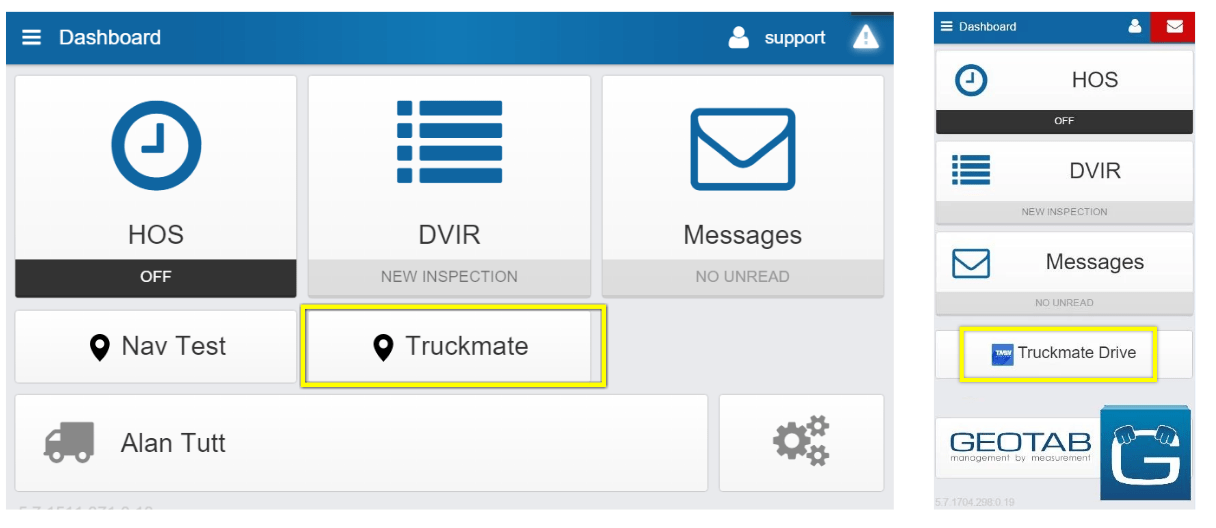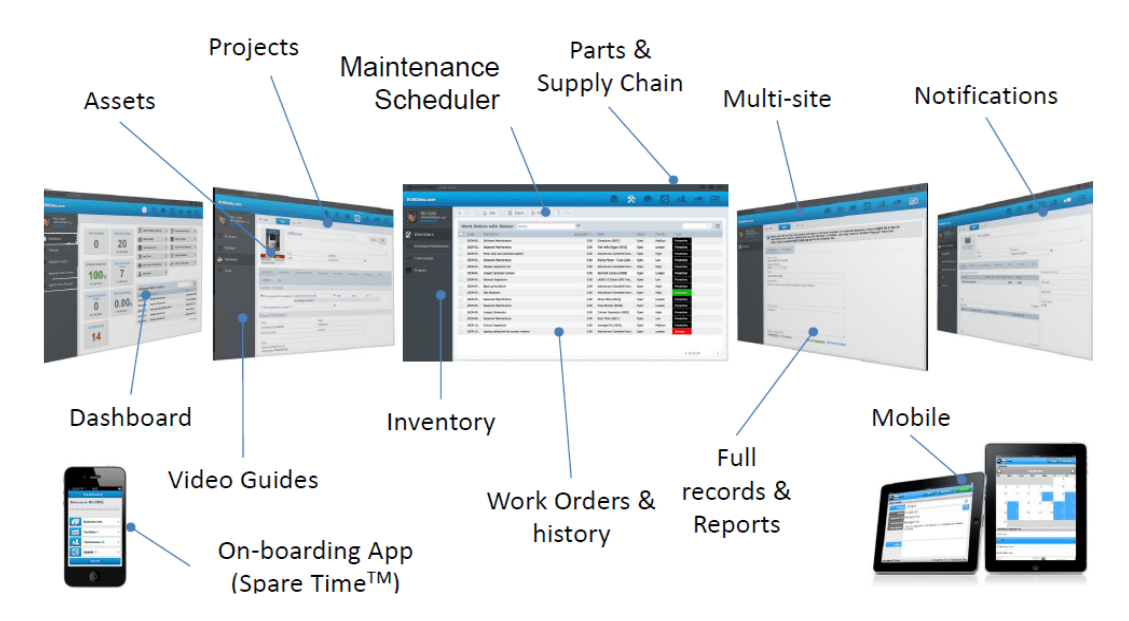Over the last few weeks, we reviewed essential and pro GPS fleet monitoring concepts. However, we haven’t yet covered expert GPS fleet monitoring concepts. These concepts are used in some of the biggest fleets around the world.
Some expert GPS fleet monitoring topics include expanding with additional hardware and integrating software.
Using Add-on Fleet Management Hardware
Believe it or not, GPS fleet monitoring is a baseline technology and many fleets need a lot more data. That’s because each fleet has its own business or industry needs. For example, consider a food carrier. Are they content with just location data or do they also need temperature tracking data? There’s a good chance that they need both, especially with the new food mandate!
How do you add more hardware?
Expert fleet managers often have several devices in a single vehicle. The question then becomes how to connect everything in an organized system.
Fortunately, a lot of enterprise fleet management solution providers use hardware connectors. For instance, Geotab uses an IOX port. IOX ports connect hardware add-ons to the GO Device, which in turn, uploads data in a single portal. Finally, Geotab user can access each add-on in their myGeotab sidebar.
What are some examples of GPS fleet monitoring add-ons?
The Geotab Marketplace carry several GPS fleet monitoring add-ons. Expert fleet managers can browse through the marketplace to add programs such as:
Cameras. Cameras are one of the fastest growing fleet technology because they add video footage to a fleet manager’s toolkit. Video footage are valuable data that can exonerate drivers from false claims or enhance training programs. After all, images are worth 1000 words!
Asset trackers. Some fleets carry non-vehicular assets such as trackers or equipment. Expert fleet managers can collect data by using asset tracking tools such as trailer trackers or asset tags.
Temperature monitoring. Finally, as suggested earlier, temperature monitors are a popular add-on. Fleet managers can monitor and set alerts for temperature sensitive loads.
Integrating Software
Another expert GPS fleet monitoring concept is integrations. Integrations, or connecting software together, is a big topic in fleet enterprises because a lot of large fleets use several software in their IT ecosystem.
The IT department’s next step, then, is connecting all of the software together by sharing data.
API & Integration Examples
IT teams use API to share data. “API provides instructions for developers on how to write a program,” said Jean Pilon-Bignell, a Solutions Engineer at Geotab.
Geotab encourages data sharing and software development. In fact, Geotab software has an Open API, which allows IT teams to go into myGeotab and share data with other software.
As a result, Geotab is able to integrate with software such as:
TMS
TMS, or Transportation Management Systems, is a common fleet software. Fleets use TMS to plan routes, dispatch drivers, and handle forms.
Sometimes, TMS needs GPS fleet monitoring data. For instance, when planning routes, TMS needs a driver’s Hours of Service to determine how many more hours they can legally drive.
CMMS
Another example is CMMS, or Computerized Maintenance Management Systems. As previously mentioned in a blog, a lot of fleet managers prioritize maintenance. Expert fleet managers use CMMS to automate and manage tasks.
In order to manage tasks, IT teams integrate the software with its fleet monitoring tool. After integrating the software, fleet monitoring data goes directly into CMMS and generate tasks automatically.
Links
Geotab: Why You Need an API Strategy for Your Business



